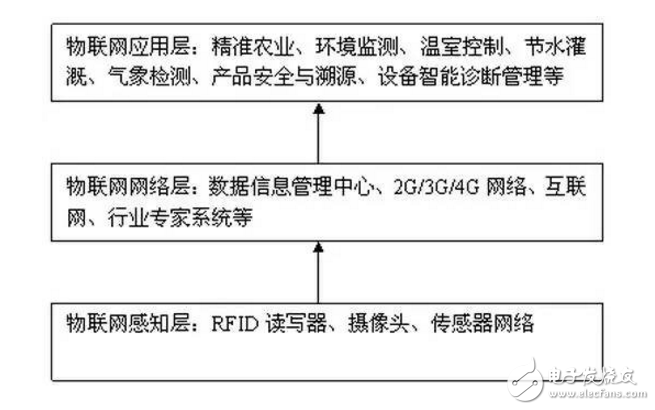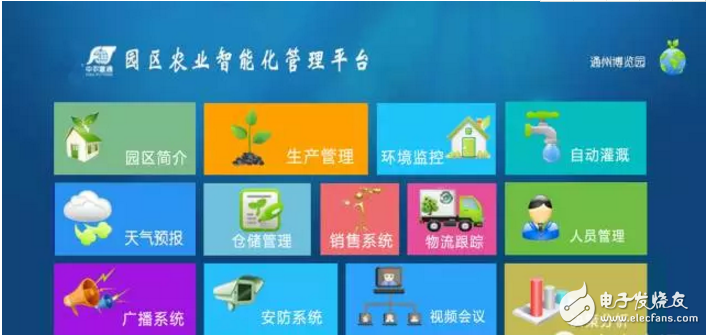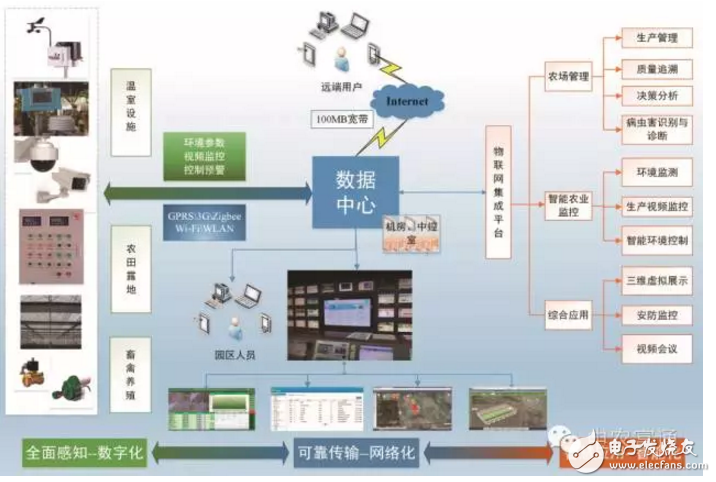In traditional agriculture, farmers have long relied on experience and intuition to determine when to water, fertilize, and manage pests. But today, with the advancement of technology, the process has become much more precise. How much water should be given to fruits and vegetables? How can we maintain the exact concentration of nutrients and pesticides? And how do we ensure optimal temperature, humidity, light, and CO₂ levels for crops at every stage of growth? These questions are now being addressed through a smart, data-driven approach. Crops are now "fuzzified" in different growth stages, meaning they are monitored with real-time, quantitative data via intelligent systems. Farmers no longer need to guess—they simply press a button, make a choice, or follow system commands. This makes it easier than ever to grow high-quality food and beautiful flowers, all thanks to the power of IoT.
About Agricultural Internet of ThingsThe Agricultural Internet of Things (AIoT) is an advanced system that uses various sensors such as temperature, humidity, pH, light, and COâ‚‚ sensors to collect real-time data about the environment. These parameters help create ideal growing conditions for crops by enabling automatic control and monitoring. With AIoT, farmers can remotely monitor and manage multiple greenhouses from their offices. By using wireless networks, the system can measure and adjust environmental factors to optimize crop growth. This not only increases production and improves quality but also helps regulate growth cycles and boost economic efficiency.

In China, the Agricultural Internet of Things is rapidly evolving. It enables precise monitoring of temperature, humidity, pH, light intensity, soil nutrients, and COâ‚‚ levels. These data are used to automatically adjust growing conditions, ensuring optimal environments for crops. Remote control capabilities allow farmers to manage multiple greenhouses efficiently. Through wireless communication, the system identifies the best conditions for crop growth, providing a scientific basis for precise greenhouse management. This leads to increased yields, better quality, and improved economic returns.

The Agricultural Internet of Things has gained popularity among farmers and agricultural businesses due to its efficiency, convenience, and intelligence. Currently, it is applied in several key areas:
1. Harvesting Control System
Large-scale agricultural parks often face challenges in determining the best time to harvest crops. Traditional methods rely on manual observation, which can lead to missed opportunities and reduced product value. An IoT-based harvesting control system can predict the optimal harvest time using sensor data and automated polling, increasing productivity and reducing labor costs.
2. Processing Control System
Many agricultural enterprises still use semi-manual processes, which can result in inconsistent product quality and contamination risks. A processing control system automates tasks like cleaning, preservation, and drying, improving efficiency and product safety while minimizing human error.
3. Acquisition, Circulation, and Sales Control System
These systems help track market demand, price changes, and supply chain logistics. They provide real-time data on agricultural products and ensure transparency throughout the distribution process, helping to prevent losses and improve consumer trust.
4. Video Surveillance System
Integrating video surveillance with farming operations allows for real-time monitoring of crops, livestock, and processing activities. This enhances security, supports early detection of pests and diseases, and ensures smooth production and circulation processes.
5. Traceability System
A traceability platform collects data from seed procurement to final sales, covering every step of the agricultural supply chain. It also facilitates third-party oversight and strengthens quality control, making it easier for consumers to trace the origin of their food and verify its safety.
Agricultural Internet of Things Development Trend1. Sensors will become more intelligent, offering deeper perception.
As new technologies like microelectronics and computing advance, agricultural IoT sensors will become more accurate and versatile, leading to better decision-making and more efficient farming practices.
2. Mobile internet will become more convenient, with broader network connectivity.
With the rise of mobile broadband and smart devices, IoT applications will become more accessible, supporting personalized and multi-functional services for farmers and agricultural businesses.
3. Integration with cloud computing and big data will enhance system performance.
Cloud computing allows for distributed storage and processing, while big data analytics support large-scale information handling, improving the overall efficiency of smart agriculture systems.
4. IoT will evolve into smart services, expanding its application scope.
As IoT technology matures, its applications will extend beyond industries to personal and home use. Agricultural IoT software will adapt dynamically to changing conditions, offering flexible and environmentally aware services that enhance user experience.

For agricultural solution providers, the challenge—and opportunity—lies in delivering more valuable, sustainable services beyond just hardware. Farmers care about results, so service providers must continuously improve their offerings to deliver real benefits. With the support of institutions like China Agricultural University and the Chinese Academy of Agricultural Sciences, companies like Zhongnong Futong are building global partnerships to integrate cutting-edge technologies with practical farming solutions. This collaboration aims to promote China's "four synchronizations," enhance agricultural modernization, and provide simple, effective, and sustainable agricultural information solutions for horticulture, field crops, livestock, and aquaculture. By offering comprehensive plans, project implementation, and technical services, these platforms are shaping the future of smart agriculture.
In the case of the competition between 182mm and 210mm and the decline of 158mm, Sunket still retains a 158mm production line to meet the needs of customers.
Their exceptional low-light and high-temperature performance enables more flexibility in installation and mounting. Mono PERC may not be suitable for all types of solar projects. However, they are optimal for residential rooftop installations, where faster ROI and lower installation costs are the driving factors.
The standard monocrystalline cell presents a uniform back surface field (BSF), whereas the mono PERC Solar Cell presents local BSF atop passivation and SINx capping layers, which significantly improves the capture of light and electrons.
Your solar panels need to be exposed to sunlight in order to produce power. However, unless you live somewhere with high amounts of smog, dust, dirt or sand blowing around, Solar Panel cleaning is generally not necessary.
158mm Solar Panel,158.75mm Solar Cell,158 Solar PV Module,6 inch Solar Panel,Solar PV Module
Wuxi Sunket New Energy Technology Co.,Ltd , https://www.sunketsolar.com